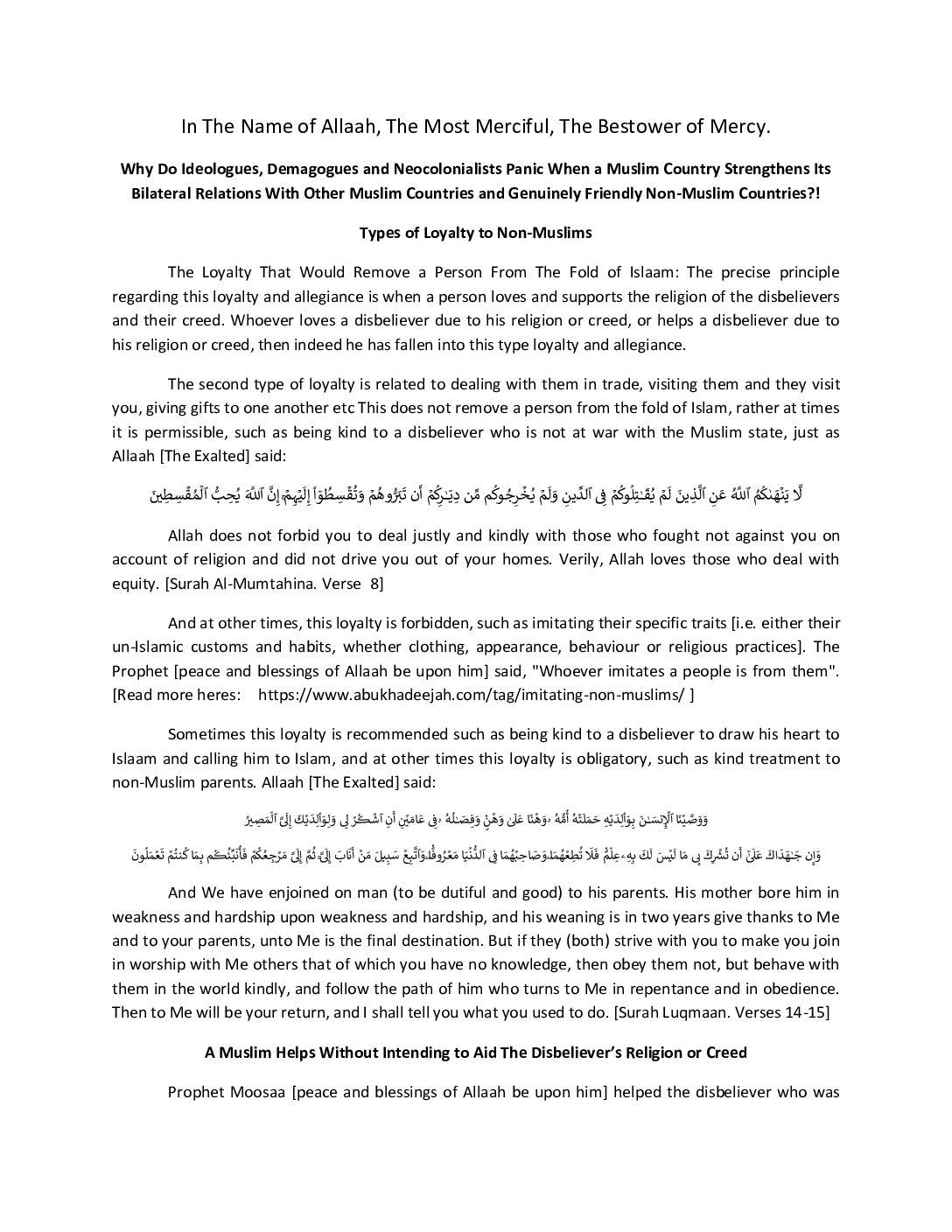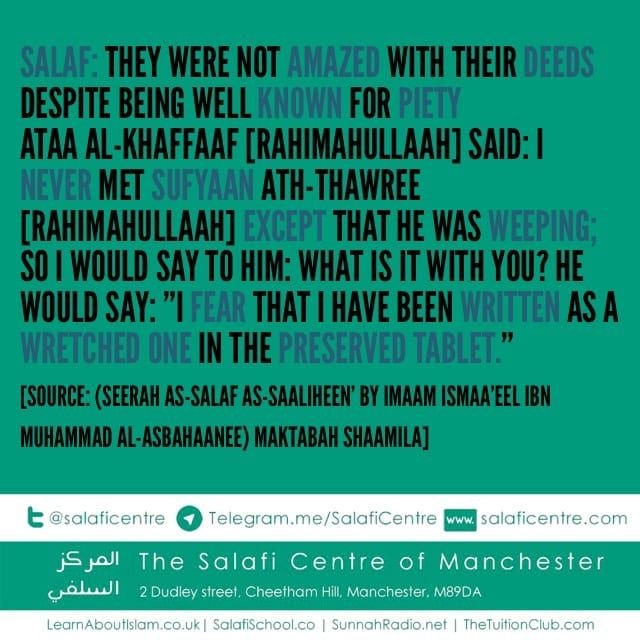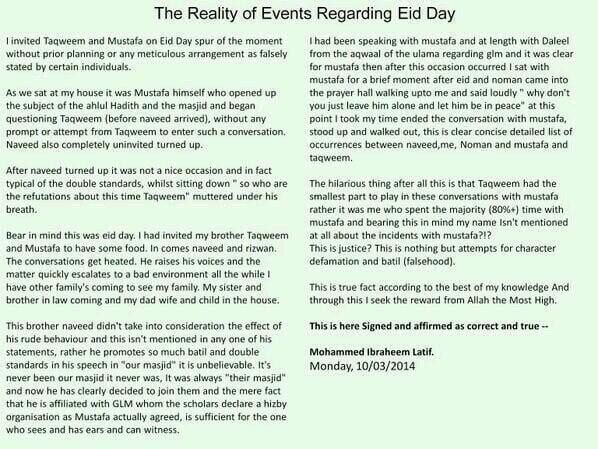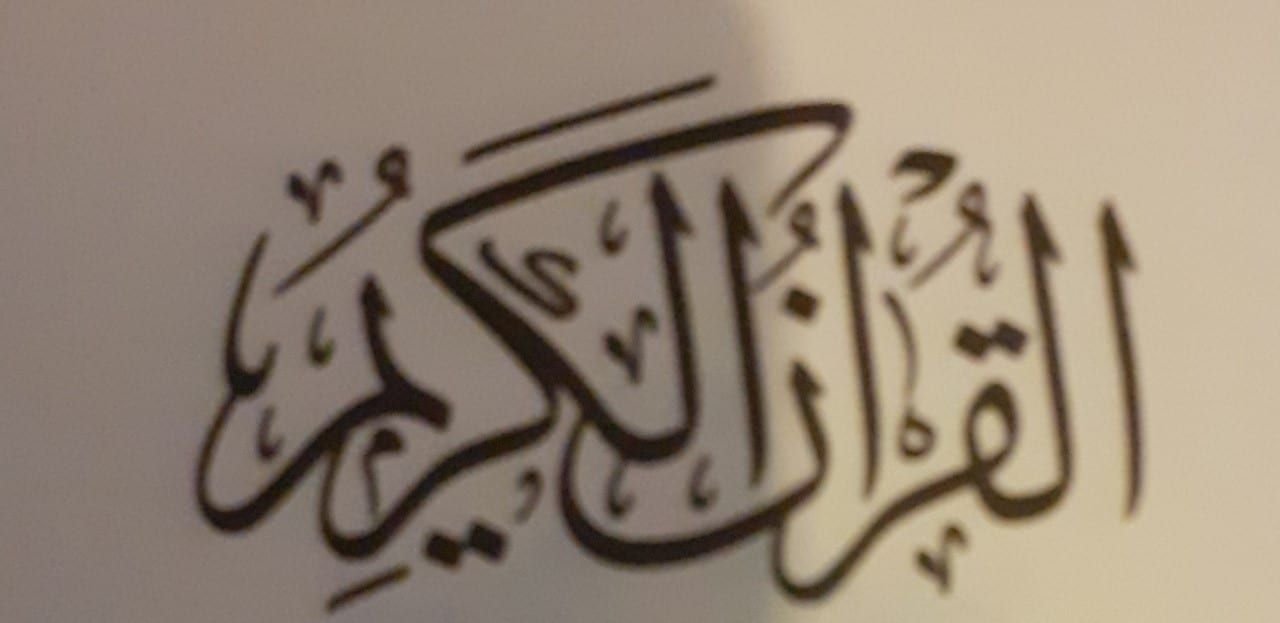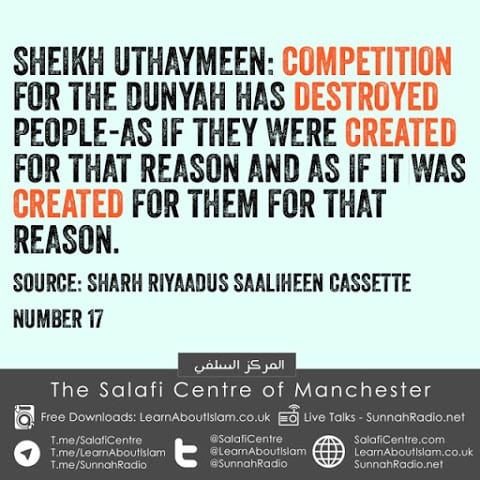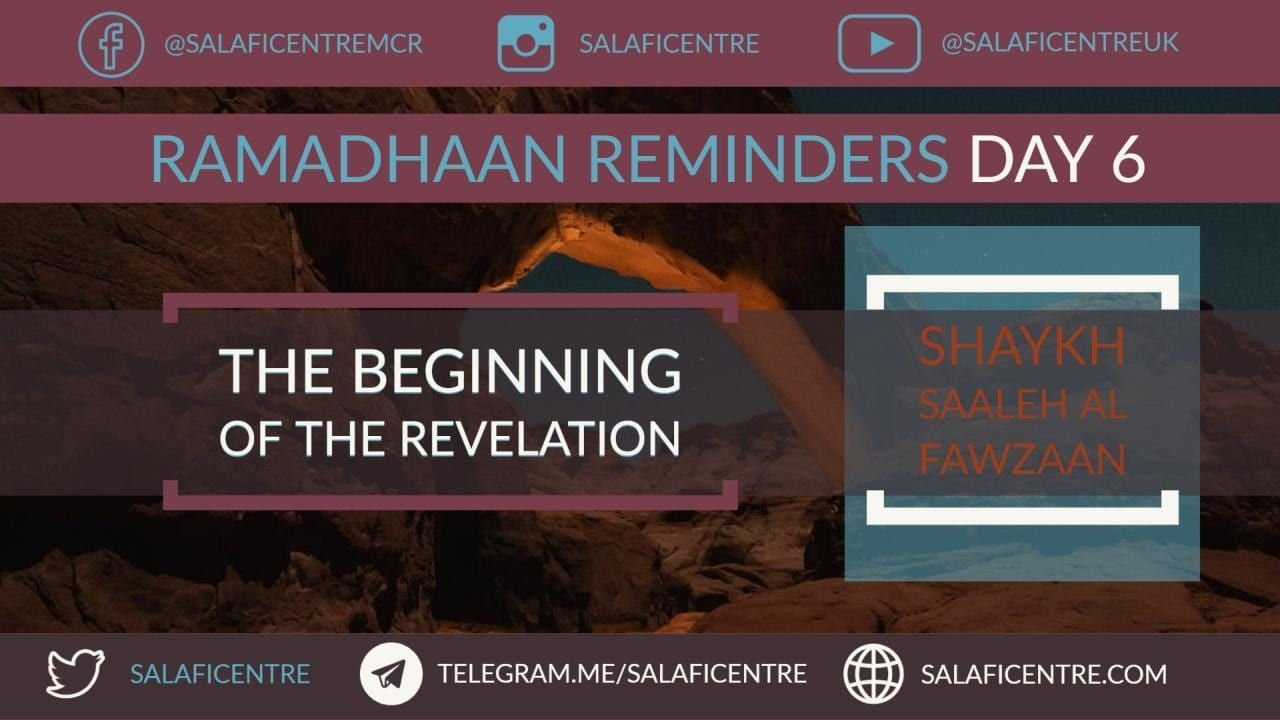Let us take a moment to be clear on the legislated ranks of wilaayah in a marriage contract. The following are the order of ranks, each of them being sound-minded adult men of the same religion:
1. Father
2. Grandfather (from the father’s side)
3. Great Grandfather (from the father’s side)
4. Son
5. Grandson
6. Great Grandson
7. Oldest Full Brother
8. Next Oldest Full Brother (and so on…)
9. Oldest Half-Brother (from the Father’s side)
10. Next Oldest Half-Brother (from the Father’s side, and so on…) [1]
11. Oldest son of a Full Brother (Nephew)
12. Next Oldest Son of Full Brother (Nephew)
13. Oldest Son of a Half-Brother from the Father’s side (Nephew)
14. Next Oldest Son of a Half Brother from the Father’s side (Nephew)
15. Grandson of Full Brother (oldest first)
16. Grandson of Half-Brother from the Father’s side (oldest first)
17. Oldest Paternal Uncle
18. Next Oldest Paternal Uncle (and so on…)
19. Oldest Son of Paternal Uncle (Cousin) [2]
20. Next Oldest Son of Paternal Uncle (Cousin, and so on…)
21. Oldest Great (Paternal) Uncle
22. Next Oldest Great (Paternal) Uncle (and so on…) [3]
Important: Each of the above mentioned walees has the right to appoint someone on his behalf to act on his behalf. So in this case, if the father appoints the brother to act as the walee, then he is the official and accepted walee, even in the presence of the grandfather, since the brother is the father’s chosen trustee and takes his place.
After these relatives have been exhausted, then a woman may seek to appoint a walee from outside her family through the Muslim authorities.
From the benefits of this short article is an important review of the rankings of walees for marriage, as quoted below (read the article at the URL above for more benefit): http://www.bakkah.net/en/dont-play-games-with-wilaayah-the-right-of-being-the-walee-for-a-marriage.htm


